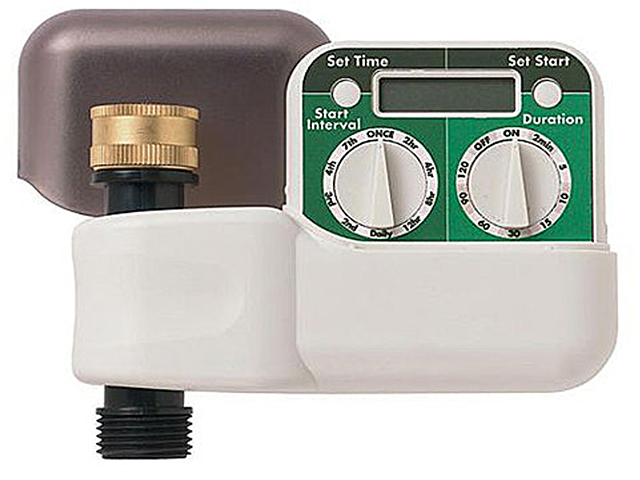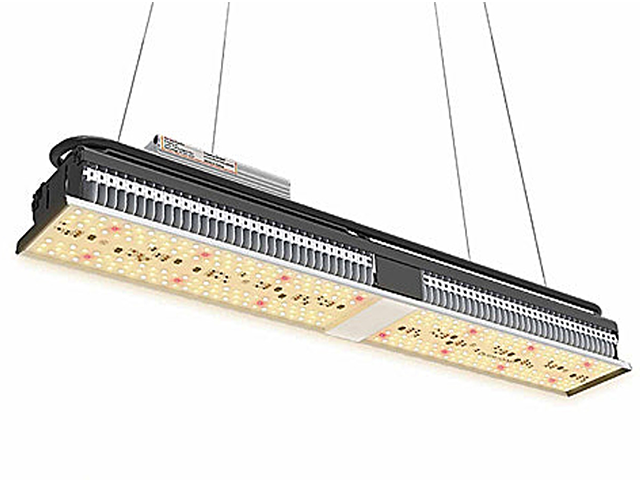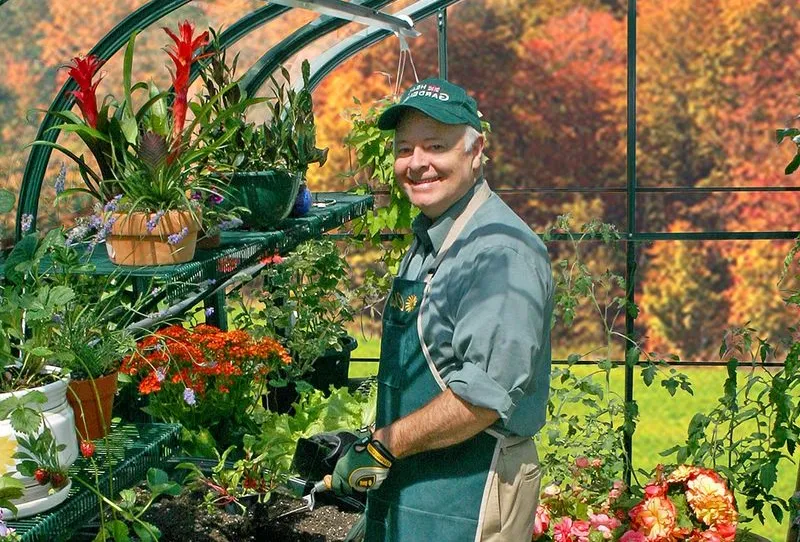What Can I Grow in an Unheated Greenhouse Over Winter?
An unheated greenhouse in the cold winter months creates a space for cultivating various hardy plants. This setup shields plants from low temperatures, enabling continuous gardening throughout the year and extending the growing season.
Successful growth can be achieved through careful planning, preparation, and selecting suitable plants, all without the necessity for extra heating.
Discover what you can grow in an unheated greenhouse over winter and gain insights into the art of winter gardening. Learn how to make the most of an unheated greenhouse during the colder months and what plants can grow in this environment.
Suitable Plants for an Unheated Greenhouse Over Winter
While managing the interior conditions of your greenhouse in winter can be demanding, a wide range of hardy plants can still excel in cold weather. When selecting plants for your unheated greenhouse, opt for cold-tolerant edibles and ornamentals that are resilient to colder temperatures. Among the top choices are:
Cold-Hardy Leafy Greens
Tougher greens are some of the best plants for unheated winter greenhouses. These plants typically have tougher or thicker foliage that is less prone to cellular damage when the temperature outside drops.
Spinach
Spinach, a nutritional powerhouse, is an excellent choice for winter. Sowing spinach seeds in late summer or fall sets the stage for a winter harvest. Opt for winter-hardy varieties such as Winter Bloomsdale to ensure maximum yield. If the temperature drops into the 20s, add protective row covers to shield tender plants.
Kale
Kale, known for its heart and digestive health benefits, not only survives heavy frosts but also develops a sweeter flavor when exposed to colder temperatures. Varieties like Winterbor and Redbor kale, with their extreme cold tolerance, are ideal choices. Keep the plants neatly trimmed, removing any ragged or diseased leaves promptly so they don’t negatively impact the rest of the plant.
Swiss Chard
Swiss chard, with its vibrant and nutritious leaves, is another versatile addition to your greenhouse. Tolerating both heat and cold, Swiss chard’s large leaves act as a natural insulator for the plant’s crown. Regularly removing outer leaves promotes growth, and it’s advisable to use mulch around the plants to shield the shallow feeder roots from soil freezing.
Cabbage
Cabbage, a staple in many kitchens, is well-suited for an unheated greenhouse in winter, particularly frost-hardy varieties like January King. When germinating seeds in winter, transplant seedlings promptly at maturity to avoid any issues, such as bolting or becoming root-bound. For added protection at 25°F or below, drape fabric row covers over the cabbage plants.
Root Vegetables
Hardy root crops are ideal options for an unheated greenhouse thanks to their underground growing environments where soil acts as insulation.
Carrots
Carrots excel in low temperatures, with the chill of winter catalyzing their sugar conversion and enhancing their sweetness. Opt for larger varieties like Danvers, known for their resistance to cracking, to ensure a successful harvest. Also, make sure you apply ample mulch to protect their shallow roots from the extreme cold.
Beets
Beets, with their earthy flavor and vibrant hues, do well in an unheated greenhouse during winter. However, ensure you cover the soil with straw mulch to provide insulation and ensure tender (not woody) roots. You can also try harvesting your beets while they are still young which contributes to their tenderness and culinary appeal.
Turnips
Turnips also benefit from cooler growing conditions, with faster-maturing varieties like Hakurei turnips being particularly suitable for greenhouse cultivation in the winter. Exposing turnips to a light frost before harvesting helps to prevent the turnip root and leaves from becoming bitter and improves the overall flavor profile.
Herbs
Most herbs have light, thin leaves with a high water content that makes them unsuitable for growing in winter. However, herbs native to temperate climate zones naturally do well in a cool greenhouse environment, making them ideal for winter harvests.
Parsley
Parsley is an herb that performs well in winter conditions, especially curly varieties like Dark Moss Curled. To ensure it survives during hard freezes, use row covers as a protective measure and regularly prune older leaves to encourage fresh growth.
Rosemary
Blooming around 50°F, rosemary can be a delightful addition to your winter herb collection. You’ll need to heavily mulch your flower beds, but avoid direct contact with the stems to prevent too much moisture retention, which can contribute to root rot. Potted plants may need relocation inside the house if temperatures plummet into the 20s.
Thyme
Continuing to grow year-round, thyme appreciates the higher humidity provided by a greenhouse, but you’ll need to add granite grit to the potting mix to prevent stem rot issues due to inadequate drainage. To ensure ongoing growth, especially during colder spells, consider adding frost protection measures like horticultural fleece or crop covers.
Tips for Successful Winter Growing in an Unheated Greenhouse
While winter can cause the temperature inside your unheated greenhouse to drop, there are a few practices that will allow you to cultivate hardy plants. Try the following tips to create an environment that supports a thriving harvest throughout the chilly season.
Choose the Best Greenhouse Location
Optimal greenhouse placement during winter is critical for maximizing sunlight exposure. Select the sunniest, most wind-resistant spot on your property, oriented to receive the most direct light.
Position the greenhouse glazing facing due south for ideal solar exposure. Avoid areas shaded by trees, buildings, or obstructions that might block the sun’s warming rays. Even a little shade makes a major difference for an unheated greenhouse.
Correct Plant Spacing
In the colder months, increase plant spacing slightly more than usual. The increased spacing ensures adequate airflow around each plant, preventing a humid microclimate where fungi and molds thrive. It also reduces competition between slower-growing plants.
Water Management in Cold Conditions
Adapt your watering practices to winter conditions by watering deeply but less frequently. Allow the soil to dry out more between irrigation cycles, checking moisture levels regularly by touch and weight.
Only water when the top few inches of soil become dry. Adjust watering volumes for dormant plants and opt for frost-resistant containers such as plastic to prevent cracking in cold temperatures.

Ensure your plants receive the perfect amount of water with our Digital Watering Timer. Easily adjustable with two dials for frequency and duration, it offers consistent, efficient watering. Featuring a digital LCD clock, a weather-resistant design, and working temperatures from 30°F to 122°F, it's the ideal choice for hassle-free winter water management.
Protecting Your Plants from Frost
When temperatures drop below your plants’ tolerance, physically shield them by covering them with crop covers, old sheets, or blankets. Wrap insulation, such as bubble wrap or burlap, around pots to safeguard roots.
For portable plants, temporarily relocate them to an unheated garage or basement during the coldest periods overnight. Taking timely action prevents freeze damage and ensures the well-being of your plants.
Overwintering Perennial Plants in an Unheated Greenhouse
An unheated greenhouse, while intended for hardy winter crops, can also offer protection for less cold-tolerant perennials seeking protection from freezing temperatures.
Chilies
Potted pepper and chili plants, having completed their fall harvest, can undergo a period of dormancy inside your unheated greenhouse. During true dormancy, exposure to bright light is key, with minimal watering recommended. To prevent disease issues like gray mold, prune back any dead or frost-damaged foliage.
Geraniums
Tender geraniums also experience full dormancy in cool greenhouse conditions, losing leaves while remaining shielded from cold damage. Ensure these plants stay dry by not overwatering and promptly discarding any geraniums showing signs of mold or rot to maintain a healthy environment.
Succulents
Unheated greenhouses can protect succulents like Echeveria and Sedum, shielding them from excessive moisture and temperature fluctuations. Important practices involve minimizing watering to avoid complete drying and routinely eliminating dead leaves.
Potential Challenges and Solutions in Winter Greenhouse Growing
Using an unheated greenhouse can be beneficial for growing cool-season plants, but it’s important to remember that winter brings its own set of challenges. Being aware of these potential issues and knowing how to adapt your gardening practices is essential for success in your winter greenhouse.
Maintain Adequate Lighting
With reduced daylight during winter, you may need to supplement the sun’s rays with artificial greenhouse lighting. Regularly rotate potted plants and benches to ensure even distribution of available sunlight, preventing weaker plants from becoming shaded.
Supplement natural light with full-spectrum LED grow lights on overcast days or during periods with limited sunlight. Use adjustable lights to tailor intensity and photoperiods to the specific needs of different crops. Time artificial lighting to extend the day length rather than interrupting the night.

Combat reduced daylight with the Mars Hydro SP-150 LED Grow Light. Compact and versatile, it provides optimal spectra for home-grown vegetables and succulents. With 150W power, adjustable intensity, and a thick aluminum heat sink, it’s perfect for ensuring your plants receive the light they need during winter.
Control Pests
Although many greenhouse pests decrease during the winter, some resilient species can endure and cause damage to your crops. Closely monitor plants for mites, aphids, whiteflies, fungus gnats, slugs, and rodents.
Promptly remove any infested plants from the greenhouse to prevent population spread. Use organic miticides, insecticidal soaps, yellow sticky traps, copper fungicide sprays, and barriers like diatomaceous earth.

Protect your plants against winter pests with our 70% Neem Oil concentrate. An effective insecticide, miticide, and fungicide, it targets a range of pests and plant problems. Derived from neem trees, this concentrate makes 16 gallons, providing a natural and potent solution for your indoor and outdoor plants.

You can also safeguard your garden day and night with the Yard Gard Electronic Pest Repeller. Emitting silent high-frequency sound waves, it humanely deters various unwanted visitors, from deer to rodents. This adjustable-frequency device covers up to 4,000 sq. ft. and ensures a peaceful and pest-free winter garden.
Managing Plant Diseases
Preventing plant diseases involves improving airflow and reducing humidity within the greenhouse. Space and prune plants to encourage air circulation, regularly removing dead plant debris and fallen leaves.
Use fans to keep air moving and scout for conditions conducive to diseases like powdery mildew, which thrives in cool, humid environments. Apply preventative copper fungicide sprays and maintain clean surfaces while regularly sanitizing propagation tools.
Grow a Thriving Winter Garden in an Unheated Greenhouse
Unlock the key to a flourishing winter garden with Charley’s Greenhouse & Garden. Explore the potential of growing in an unheated greenhouse during the winter and fortify your efforts with our specialized tools and solutions tailored to nurture plants through the chilly months.


